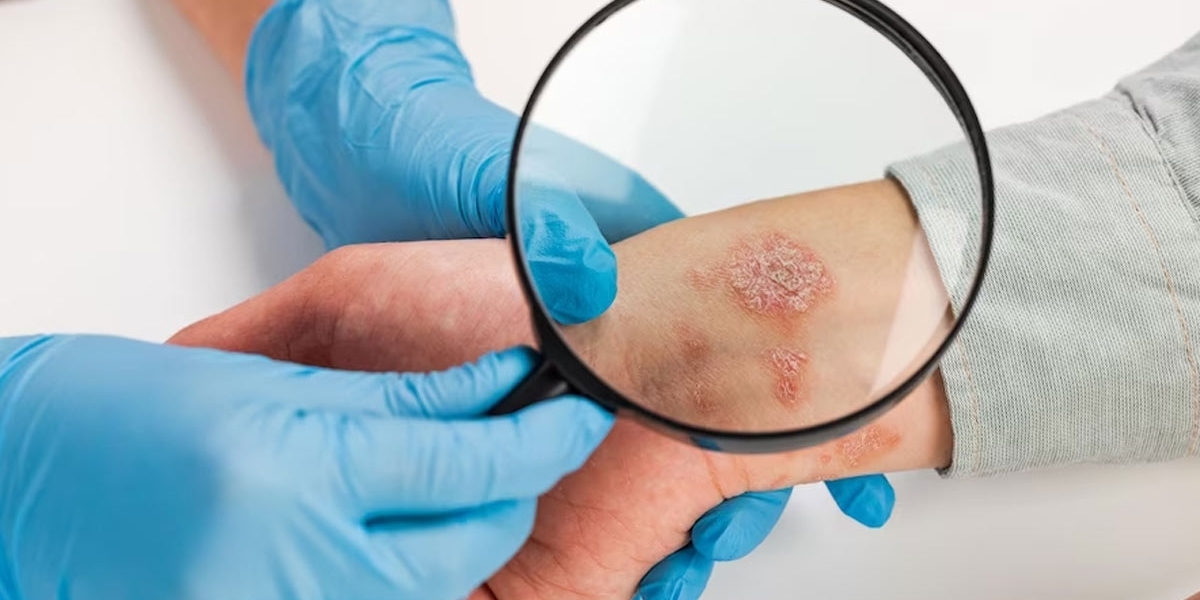Skin cancer, a prevalent yet often preventable disease, poses a significant health challenge worldwide. Its impact, however, can be substantially mitigated through early detection. This blog delves into the critical importance of recognizing skin cancer in its initial stages, understanding its various forms, and acknowledging the pivotal role that early intervention plays in successful treatment outcomes.
Understanding Skin Cancer
Uncontrolled epidermal proliferating cells is an antecedent to skin cancer. ultraviolet radiation from sun and bed tanning may cause this medical condition. Particularly fatal skin cancer is melanoma, which is scarce. Non-melanoma skin cancers involving basal cell carcinoma and squamous cell carcinoma are getting worse, constituting a medical catastrophe.
The Importance of Early Detection
Early skin cancer detection is a crucial factor that can dramatically influence treatment success. When identified early, many skin cancers can be effectively treated with minimally invasive procedures, significantly reducing the risk of complications, extensive treatments, and more serious health issues. The key to early detection lies in education and awareness, empowering individuals to recognize the early signs and seek prompt medical attention.
Signs and Symptoms
Regular self-examinations can help in early detection. Here’s what to look out for:
Changes in Moles: Look for changes in size, shape, colour, or texture of existing moles or the appearance of new moles.
Asymmetry: The mole's one half isn't the same as the other.
Border irregularity: The edges are uneven, notched, or hard to see.
Colour Changes: The colour is not the same all over and may include shades of brown or black, sometimes with patches of pink, red, white, or blue.
Diameter: The spot is larger than 6mm across (about the size of a pencil eraser), although melanomas can sometimes be smaller than this.
Evolving: Any change in size, shape, colour, elevation, another trait, or any new symptom such as bleeding, itching, or crusting.
Risk Factors
Certain factors can increase your risk of skin cancer, including:
Excessive sun exposure
History of sunburns
Fair skin
A large number of moles or unusual moles
Family history of skin cancer
Personal history of skin cancer
Weakened immune system
Prevention Tips
Preventing skin cancer involves a combination of lifestyle choices and proactive measures. Here are some detailed tips:
Use sunscreen religiously: Apply a broad-spectrum sunscreen with an SPF of 30 or higher, even on cloudy days. Remember to put it on again every two hours, or more often if you sweat or swim.
Wear Protective Clothing: Long-sleeved shirts, long slacks, wide-brim hats, and sunglasses are among other ways that can give your body an additional protective cover against the Ultra Violet Sun Ray.
Seek Shade: During this time, between ten o’clock and four o’clock, the Sun’s rays are at their strongest. It is advisable that you remain in the shade during these hours. When outside, use umbrellas or look for shelter under trees and in shaded places.
Avoid tanning beds: Like the rays emitted by the sun, tanning beds are harmful UV rays as well. Please stay away from them to avoid skin cancer.
Be Extra Cautious Near Water, Snow, and Sand: Such surfaces may reflect the UV rays and amplify them, which increases the chance that you will be burned by the Sun.
Perform Regular Skin Self-Exams: Familiarize yourself with the pattern of moles, blemishes, freckles, and other marks on your skin to detect any changes quickly.
Get Professional Skin Exams: Schedule annual skin exams with a dermatologist, especially if you have a higher risk of skin cancer.
Educate yourself and others: Stay informed about skin cancer and share this knowledge with friends and family, especially young children, to cultivate sun-safe habits early on.
When to See a Doctor
Knowing when to visit a doctor and also detecting skin cancer on time is important for effective treatment at the best ayurvedic cancer hospital in Delhi. Therefore, one should be cautious and see a dermatologist or some other medical professional if there are any changes in the skin that seem abnormal. Here are specific scenarios and changes that should prompt a visit to the doctor:
Changes in Moles or Skin Lesions
New Growth or Sore That Doesn’t Heal: If you notice a new growth on your skin or a sore that doesn’t heal within a few weeks, it’s time to get it checked.
Evolution of Moles: Any changes in the size, shape, colour, or texture of existing moles should be evaluated. This includes moles that have increased in size, become raised, or changed colour.
Asymmetry and Irregular Borders: Moles with irregular shapes or uneven borders are concerning signs.
Multiple Colours: Moles that contain various shades or colours, such as brown, black, blue, red, or white, need medical attention.
Diameter: Moles larger than the size of a pencil eraser (about 6mm) should be examined, especially if their size increases.
Other Skin Changes
Persistent Itching or Pain: If a mole or spot on your skin is persistently itchy, painful, or tender, it warrants a professional evaluation.
Bleeding or Crusting: Any mole or spot that bleeds, oozes, crusts, or appears ulcerated should be examined immediately.
Redness or Swelling: Noticeable redness or swelling beyond the mole's border can be a warning sign.
High-Risk Individuals
Personal or Family History: Those with a history of skin cancer should be more vigilant and consider regular screenings with a dermatologist.
Fair Skin or Sun-Sensitive Individuals: People with fair skin, light hair, and eyes, or those who freckle or sunburn easily, should be particularly cautious.
Regular Screenings
Annual Check-Ups: Even if you don’t notice any specific changes, everyone should have an annual skin check-up, especially for individuals with higher risk factors.
Conclusion
In conclusion, the battle against skin cancer can be fought effectively with the right knowledge and proactive measures. Early detection stands as the cornerstone of this fight, offering a beacon of hope for those at risk or affected by this disease. By staying vigilant about skin changes, understanding the risks, and embracing preventive measures, we can significantly reduce the impact of skin cancer.
It’s a process of consciousness and action not only for ourselves but also for our communities. For every mile taken in advance in regard to skin health, we contribute a step towards promoting better skin and a safe future! Mind you, what with your first point of contact with people’s germs being your skin? Maintaining your skin should be concerned about more than just beautification issues!









